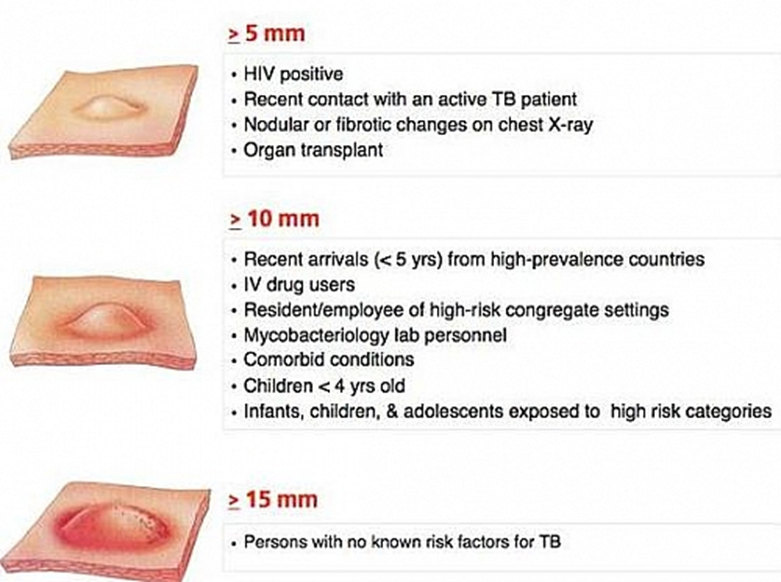A nurse is caring for a client who is immobile. Which of the following actions is the priority for the nurse to contribute to the client's plan of care?
Auscultate breath sounds at least every 2 hr.
Perform range-of-motion exercises at least two to three times daily.
Make sure the client has an intake of 2,000 to 3,000 mL of fluid per day.
Apply antiembolic stockings.
The Correct Answer is D
A. Auscultate breath sounds at least every 2 hours.
Regularly auscultating breath sounds is important for assessing respiratory status and detecting any signs of respiratory complications such as pneumonia or atelectasis. However, it is not the priority action in this scenario compared to applying antiembolic stockings, which directly addresses the increased risk of DVT and PE associated with immobility.
B. Perform range-of-motion exercises at least two to three times daily.
Range-of-motion exercises help prevent contractures and maintain joint mobility in immobile clients. While they are important for preventing musculoskeletal complications, they are not the priority action compared to applying antiembolic stockings, which directly addresses the increased risk of DVT and PE associated with immobility.
C. Make sure the client has an intake of 2,000 to 3,000 mL of fluid per day.
Maintaining adequate hydration is important for overall health and prevention of complications such as urinary tract infections and constipation. However, it is not the priority action in this scenario compared to applying antiembolic stockings, which directly addresses the increased risk of DVT and PE associated with immobility.
D. Apply antiembolic stockings.
The priority action for the nurse to contribute to the plan of care for an immobile client is to apply antiembolic stockings. Immobility increases the risk of deep vein thrombosis (DVT) and subsequent pulmonary embolism (PE). Antiembolic stockings (also known as compression stockings or TED stockings) help prevent venous stasis and decrease the risk of blood clots forming in the lower extremities. Therefore, applying antiembolic stockings is essential in mitigating the risk of potentially life-threatening complications associated with immobility.
Nursing Test Bank
Naxlex Comprehensive Predictor Exams
Related Questions
Correct Answer is A
Explanation
A. Start slowly and increase volume over several sessions.
This is the correct choice. For clients having difficulty using an incentive spirometer, starting slowly and gradually increasing the volume over several sessions is an appropriate approach. It allows the client to become familiar with the device and the technique required for effective use. Starting slowly also reduces the risk of discomfort or respiratory distress, allowing the client to build up their lung capacity gradually and achieve optimal results over time.
B. Do regular deep-breathing exercises instead.
Regular deep-breathing exercises are beneficial for improving lung function and respiratory strength. However, using an incentive spirometer serves a specific purpose in promoting deep breathing and lung expansion to prevent atelectasis (lung collapse) and improve respiratory function. While deep-breathing exercises are helpful, they may not provide the same targeted benefits as using an incentive spirometer, especially for clients who are experiencing difficulty with deep breathing or lung expansion.
C. Use another device because this one might be faulty.
This option assumes that the difficulty with the incentive spirometer is due to a fault in the device itself, which may not necessarily be the case. Before considering another device, it's important to ensure that the client is using the current device correctly and receiving proper instruction. If the client continues to have difficulty despite proper technique and instruction, then further assessment of the device may be warranted.
D. Be much more vigorous in increasing increments.
Being much more vigorous in increasing increments is not recommended, as it could lead to discomfort, respiratory distress, or hyperventilation for the client. Increasing the volume too quickly may overwhelm the client and make it more difficult for them to use the incentive spirometer effectively. Gradual progression allows the client to adjust to the device and build up their lung capacity safely and effectively over time.
Correct Answer is A
Explanation
A. 1 day after injection with a 10-mm area of redness and swelling:
This may suggest a positive reading, but induration size is the primary criterion for interpretation, not just redness and swelling.
B. 2 days after injection with a 5-mm area of redness and swelling:
Similar to option A, a 5-mm area of redness and swelling alone does not definitively indicate a positive TB skin test. Again, without information on the size of the induration, we cannot determine if this reading is positive.
C. 4 days after injection with a 3-mm area of redness and swelling:
Once more, a 3-mm area of redness and swelling alone does not definitively indicate a positive TB skin test. As with the previous options, the size of the induration is the critical factor for interpretation.
D. 5 days after injection with a 2-mm area of redness and swelling:
As with the other options, a 2-mm area of redness and swelling alone does not definitively indicate a positive TB skin test. The presence and size of induration are essential for accurate interpretation.

Whether you are a student looking to ace your exams or a practicing nurse seeking to enhance your expertise , our nursing education contents will empower you with the confidence and competence to make a difference in the lives of patients and become a respected leader in the healthcare field.
Visit Naxlex, invest in your future and unlock endless possibilities with our unparalleled nursing education contents today
Report Wrong Answer on the Current Question
Do you disagree with the answer? If yes, what is your expected answer? Explain.
Kindly be descriptive with the issue you are facing.
